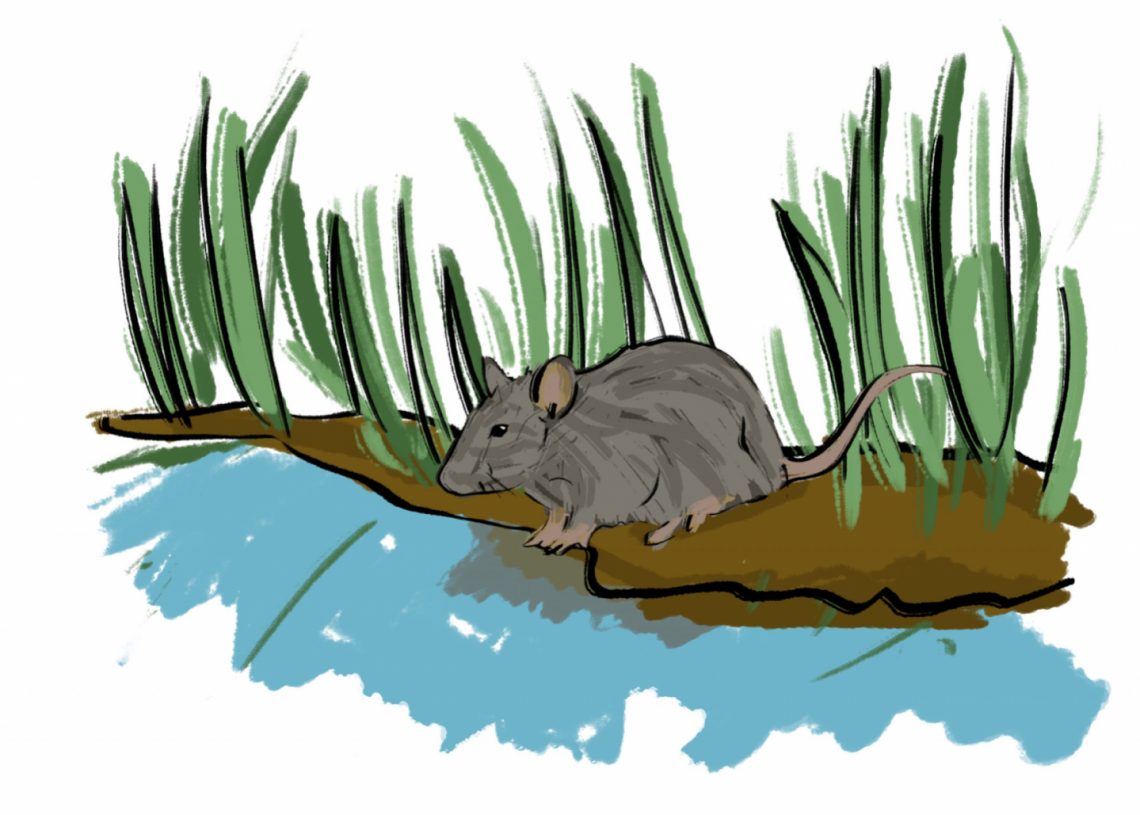
Myth busting: will I get Weil’s disease from open water swimming?
Is Weil’s disease a risk when swimming in open water? Simon Griffiths unpacks the fact from the fiction, and advises on preventative measures you can take to keep yourself safe.
Reader Julie Stephenson asks: “I’m just starting out open water swimming. I’ve attended some training and was really interested to read your article on weeds. One area that worries me is Weil’s disease. Well-meaning people pass on their horror stories and I wondered what the actual truth is and what preventative measures you can take practically?”
One of the most common questions we hear about open water is, ‘will I get Weil’s disease?’ The short answer is that you might, but it’s extremely unlikely.
If you have ever done any water sports on inland waters in the UK, you’ve probably been warned about the risk of Weil’s disease and told to go to your doctor immediately if you feel unwell afterwards.
Weil’s disease is the name given to a severe case of leptospirosis, a bacterial infection (caused by bacteria called leptospira), which is spread by animals and can affect people. It is particularly associated with rats, but it is also known to be carried by cattle, pigs, foxes, badgers and dogs. You can catch it through contact with soil or water that’s been contaminated by urine from affected animals.
What is leptospirosis?
Symptoms of leptospirosis include: high temperature; headache; nausea, vomiting or diarrhoea; aching muscles and joints; red eyes; and loss of appetite.
Most cases of leptospirosis are mild and self-limiting but, according to the Lancet, something like 3% to 7% of cases proceed to the more serious Weil’s disease. This can cause life-threatening problems, including organ failure and internal bleeding.
Symptoms that might indicate Weil’s disease, needing urgent medical attention, include: jaundice; a rash; inability to pee; swollen ankles, feet or hands; chest pain; shortness of breath; or coughing up blood.
How common is Weil’s disease?
In 2021 there were 55 reported cases of leptospirosis (not Weil’s disease) in England and Wales, according to data from the UK Health Security Agency. The data doesn’t record whether any of the victims acquired the infection through swimming, but most cases result from occupational exposure.
It’s also worth noting that the number of people in contact with potentially contaminated water is huge – farmers, rowers, kayakers, sailors, anglers and, of course, swimmers. Therefore, your risk of contracting leptospirosis is small, but it is real, which is why you should contact your doctor if you have any symptoms.
The mortality rate from Weil’s disease in the UK is estimated to be around 5%; around one to three people in England and Wales die each year from leptospirosis.
How can I reduce the risk?
You can reduce your risk by taking the following precautions:
• Wash your hands immediately after swimming, before handling food.
• Cover any minor cuts or grazes with waterproof plasters before swimming.
• Do not swim if you have any open wounds.
• Avoid swallowing the water.
Open water swimming will never be risk free and Weil’s disease is just one of the hazards out there. Luckily the risk is low and can be reduced by taking simple precautions. However, if you do develop any symptoms or have any doubts, consult a doctor. Let them know that you’ve been swimming in open water and to consider leptospirosis as a diagnosis.
‘Outdoor swimming safety and risk assessment’: use our guide to water temperature, entry and exit points, and common (and uncommon) hazards to stay safe in the water.








